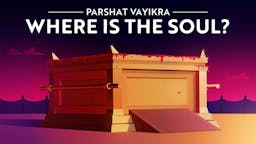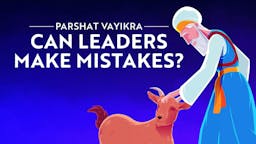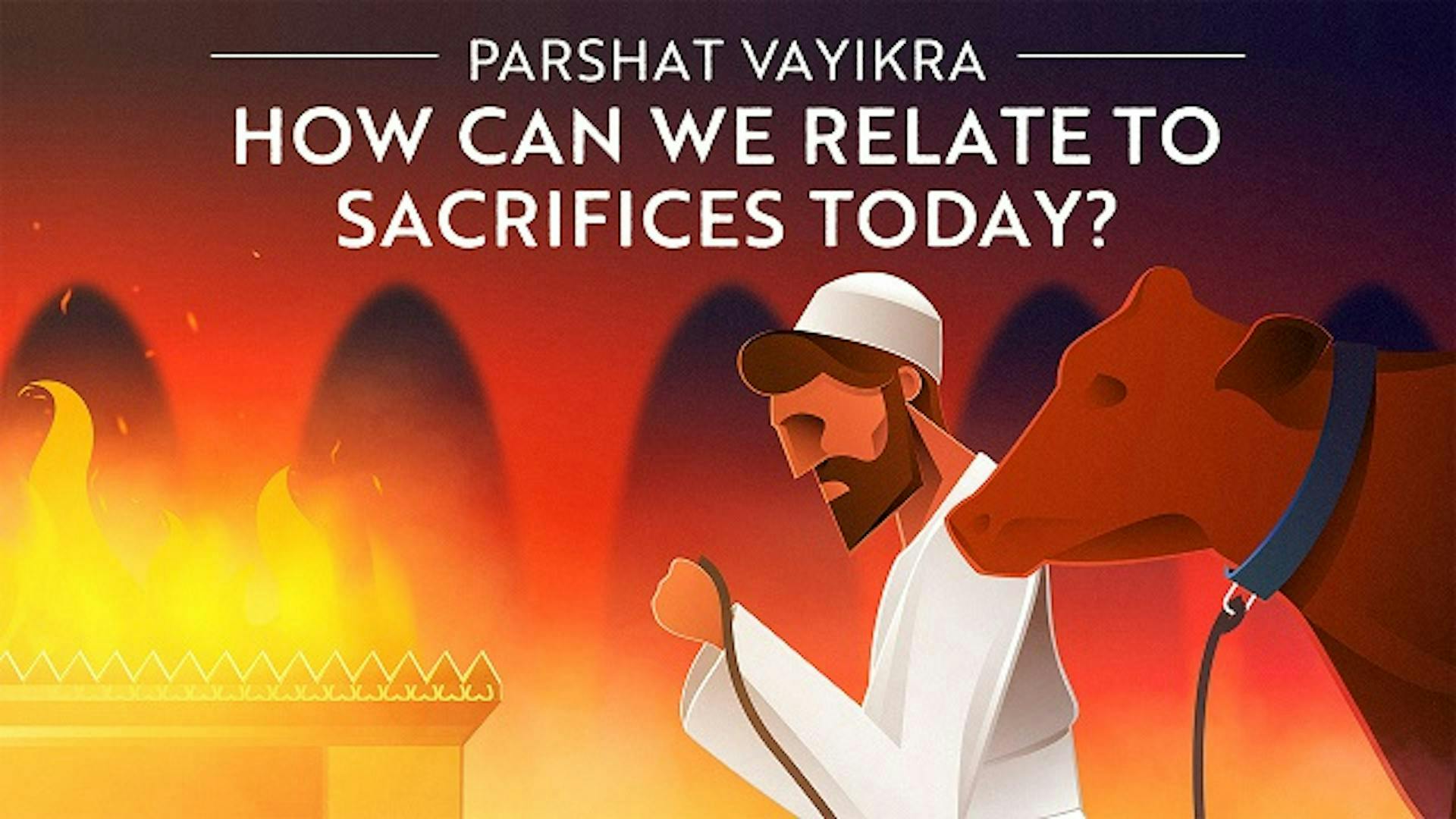D’var Torah on Parshat Vayikra

How are korbanot supposed to get me closer to God?
Korbanot (animal sacrifices) are probably the most foreign Torah concept to the 21st century Jew. For many, it kind of feels, well… antiquated and irrelevant. No matter how hard I try, I really struggle to relate to korbanot. I’ve always heard the beautiful idea that the word korban comes from the shoresh (root) ק ר ב, meaning to come close, but how in the world is sacrificing animals supposed to get me closer to God?
How are the different types of korbanot related to each other?
You know what makes appreciating the idea of korbanot even more difficult? Every decent explanation I hear only makes sense if you think about korbanot as all being the same type (chatat, olah, etc.). For example, the Ramban says that the animal we sacrifice takes our place, so instead of our body getting burned on the mizbeach (altar) and our blood being sprinkled by the Kohanim (priests), that all happens to the animal. We get to watch and hopefully feel contrite for what we’ve done wrong and freaked out enough that we never sin again. Don’t get me wrong, I’m definitely glad that I don’t have to get burned on the mizbeach for every sin I commit, but it’s hard for me to see how this helps us explain voluntary or communal korbanot, which don’t seem to have anything to do with feeling remorse, regret or fear for my wrong doings.
The truth is, the Torah outlines multiple types of korbanot, and they’re brought for different reasons and on different occasions. How are we meant to understand the idea of animal sacrifice given that there are so many different types? Do the different kinds of korbanot relate to each other in some way? What can they each tell us about how korbanot, in general, help us forge a closer and deeper bond with God?
Check out the following video in which Rabbi Fohrman explains how korbanot really can help us get closer to God. By exploring how each type of korban helps to foster a unique aspect of our relationship with God, we can see how the Torah’s practice of animal sacrifice brings us closer to our Creator. Subscribe now to add meaning to your Shabbat table and inspire your company with the beauty of the Torah.
Parshat Vayikra in a Nutshell
Parsha Summary
In this week’s Torah portion, Parshat Vayikra, we have a detailed list of the various types of korbanot (sacrifices) that can be offered in the Mishkan (Tabernacle) and Beit HaMikdash (Temple).
- Olah: Elevation offering (commonly translated as a burnt offering)
- Mincha: Flour offering
- Shelamim: Peace offering
- Chatat: Sin offering
- Asham: Guilt offering
For each type of korban (sacrifice), we learn what types of animals can be used, when and why it would be brought, and a host of other laws about animal sacrifice rituals.
Commonly Asked Questions about Parshat Vayikra
- When did animal sacrifice start in the Bible? The first animal sacrifice in the Bible was brought by Abel. In Genesis 4:4, we learn that Abel brought from the firstborn of his flock and from the choicest animals.
- When did animal sacrifice end in the Bible? undefined
- When did Judaism stop animal sacrifice? undefined
- Why did God want animal sacrifices? undefined
Additional Videos

The Link Between Souls And Animal Sacrifice In The Bible
Video • 13 min
What is the soul? Where can it be found? Join Ami as he looks for answers in the most unexpected of places – the sacrifices in the Mishkan. Believe it or not, this parsha holds a key to understanding the nature of the soul that is relevant for us even today.

What Is The Book Of Leviticus Really About?
Video • 12 min
The book of Leviticus is tough - no narrative, and really difficult topics - for instance, how do we relate to holiness, purity and sacrifice in the 21st century? In this week's video for Vayikra (Leviticus 1:1-5:26), we will learn how to read the perplexing book of Leviticus.

Is Sefer Vayikra More Than Just Laws About Korbanot?
Video • 28 min
We learn in Vayikra about the laws of the Korbanot — sacrifices to God. But there’s something very difficult about studying Vayikra. It can be incredibly boring. There’s no storyline, just a lot of very specific rules. So, how can we approach Vayikra in a more engaging way? Join Rabbi Fohrman and Imu as they reexamine the two narratives surrounding Vayikra — the story of God’s cloud directing the Israelites — and discover a new narrative, with insights about how to become closer to God.

What The Bible Says About Good Leadership
Video • 6 min
In this video, we explore Rashi's puzzling comment, that a nation is lucky if it has a leader who brings a sacrifice for an accidental sin. Rabbi Fohrman contrasts the Torah's perspective of power and justice to the philosophy of Richard Nixon's famous line: "When the president does it, it is not illegal."
What is Aleph Beta?
Aleph Beta is a unique kind of Torah library. Led by our founder, Rabbi David Fohrman, we are dedicated to high-level, textual Torah learning for adults that is intellectually and spiritually sophisticated, that enlivens your Jewish practice and helps you forge a deeper connection to God. Whether you’ve been learning in yeshiva for years or you’re just beginning your Torah journey, you’re sure to find something meaningful and surprising waiting for you here.
Browse our library of over 1,000 beautifully produced animated videos, podcasts, deep dive courses, and printable guides. Topics include the weekly parsha, Jewish holidays & fast days, laws & mitzvot, prayers, relationships, big philosophical ideas and more. Have something to say at the Shabbos table that will amaze your family and guests and bring deep meaning into their lives.


